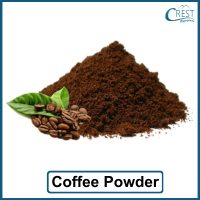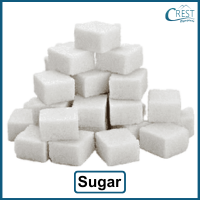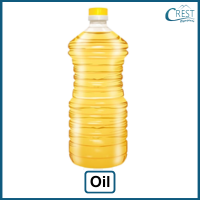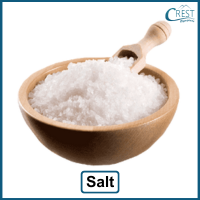1. Unscramble the letter groups from below and choose the correct option to find the name of the process used to separate a mixture of liquids by heating and condensing the vapour:
a) I O T R A L I F T N
b) O A E P I V O N T R A
c) N O D T A N E M I T E I S
d) T I D A L I L S T I O N
Answer: d) DISTILLATION. Distillation is the process used to separate a mixture of liquids by heating and condensing the vapour.
2. Consider the two statements given below and choose the correct option:
Statement 1: Filtration is a method used to separate insoluble substances from a liquid.
Statement 2: Distillation is a method used to separate soluble substances from a liquid.
a) Statement 1 is correct but 2 is wrong
b) Statement 1 is wrong but 2 is correct
c) Both statements are correct
d) Both statements are wrong
Answer: c) Both statements are correct.
Statement 1 is correct because filtration is used to separate insoluble substances from a liquid by passing the mixture through a filter paper or porous material.
Statement 2 is also correct because distillation is a method used to separate soluble substances from a liquid.
3. A student wants to separate a mixture of salt and water. Which experimental setup would be most appropriate?
a) Heating the mixture and collecting the evaporated water
b) Allowing the mixture to settle and pouring off the clear water
c) Passing the mixture through a filter to collect the solid salt particles
d) Using distillation to separate the salt from the water
Answer: a) The most appropriate experimental setup to separate a mixture of salt and water would be to heat the mixture and collect the evaporated water. This method, known as evaporation, takes advantage of the different boiling points of water and salt. When the mixture is heated, the water evaporates and can be collected, leaving the salt behind.
4. Which of the following substances would be considered insoluble in water?
a) 
b) 
c) 
d) 
Answer: c) The substance that would be considered insoluble in water is the picture of oil. Oil does not mix with water and forms a separate layer.
5. Match the following methods of separation with their corresponding descriptions.
|
Column I
|
Column II
|
|
1. Filtration
|
A) Separating dissolved substances from water by cooling and forming crystals
|
|
2. Sedimentation
|
B) Separating insoluble particles from water using a porous material
|
|
3. Crystallisation
|
C) Separating soluble substances from water by heating and collecting vapour
|
|
4. Distillation
|
D) Allowing heavier particles to settle at the bottom of a mixture
|
a) 1:D, 2:A, 3:B, 4:C
b) 1:B, 2:D, 3:A, 4:C
c) 1:B, 2:D, 3:C, 4:A
d) 1:D, 2:B, 3:A, 4:C
Answer: b) Filtration: Separating insoluble particles from water using a porous material
Sedimentation: Allowing heavier particles to settle at the bottom of a mixture
Crystallisation: Separating dissolved substances from water by cooling and forming crystals
Distillation: Separating soluble substances from water by heating and collecting vapour





